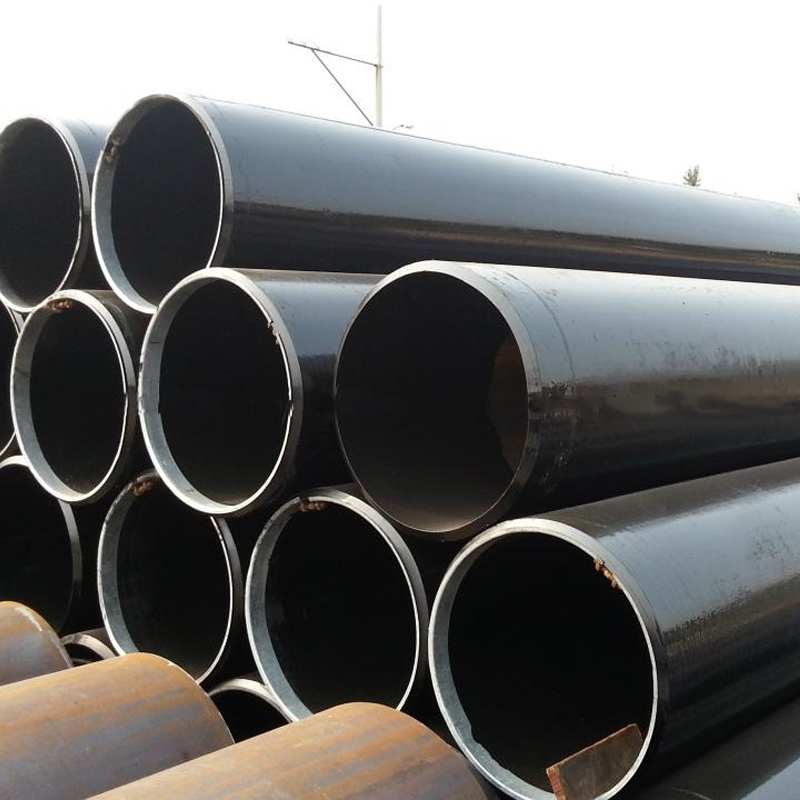-
Cangzhou Yulong Steel Co., Ltd.
-
Phone:
+86 13303177267 -
Email:
admin@ylsteelfittings.com
- English
- Arabic
- Italian
- Spanish
- Portuguese
- German
- kazakh
- Persian
- Greek
- French
- Russian
- Polish
- Thai
- Indonesian
- Vietnamese
- Zulu
- Korean
- Uzbek
- Hindi
- Serbian
- Malay
- Ukrainian
- Gujarati
- Haitian Creole
- hausa
- hawaiian
- Hebrew
- Miao
- Hungarian
- Icelandic
- igbo
- irish
- Japanese
- Javanese
- Kannada
- Khmer
- Rwandese
- Afrikaans
- Albanian
- Amharic
- Armenian
- Azerbaijani
- Basque
- Belarusian
- Bengali
- Bosnian
- Bulgarian
- Catalan
- Cebuano
- China
- China (Taiwan)
- Corsican
- Croatian
- Czech
- Danish
- Esperanto
- Estonian
- Finnish
- Frisian
- Galician
- Georgian
- Kurdish
- Kyrgyz
- Lao
- Latin
- Latvian
- Lithuanian
- Luxembourgish
- Macedonian
- Malgashi
- Malayalam
- Maltese
- Maori
- Marathi
- Mongolian
- Myanmar
- Nepali
- Norwegian
- Norwegian
- Occitan
- Pashto
- Dutch
- Punjabi
- Romanian
- Samoan
- Scottish Gaelic
- Sesotho
- Shona
- Sindhi
- Sinhala
- Slovak
- Slovenian
- Somali
- Sundanese
- Swahili
- Swedish
- Tagalog
- Tajik
- Tamil
- Tatar
- Telugu
- Turkish
- Turkmen
- Urdu
- Uighur
- Welsh
- Bantu
- Yiddish
- Yoruba

Aug . 15, 2024 08:42 Back to list
Current Pricing Trends for 6-Inch Galvanized Pipe in the Construction Industry Today
Understanding the Pricing of 6-Inch Galvanized Pipe
Galvanized pipes have been a popular choice in various industries for decades, primarily due to their durability and resistance to corrosion. When discussing specific dimensions, such as a 6-inch galvanized pipe, we are often focused on its application in plumbing, construction, and other infrastructural projects. But what factors influence the price of a 6-inch galvanized pipe?
What is Galvanized Pipe?
Before delving into prices, it's essential to understand what galvanized pipe is. Galvanization is a process that involves coating iron or steel with a layer of zinc to prevent rusting. The resulting galvanized pipes are not only resistant to corrosion but also have enhanced durability and longevity. This makes them particularly suitable for outdoor and underground installations.
Key Factors Influencing Price
1. Material Costs The price of galvanized pipes is heavily influenced by the cost of raw materials, such as steel and zinc. Fluctuations in the global market for these materials can lead to varying prices for galvanized pipes. For instance, if steel prices surge due to supply chain issues or increased demand, the cost of galvanized pipes will likely follow suit.
2. Pipe Size and Thickness The size and wall thickness of the pipe can significantly affect its price. A 6-inch diameter pipe will generally be more expensive than smaller diameters like 2-inch or 3-inch pipes due to the increased amount of material required. Moreover, thicker pipes designed for higher pressure applications will also command higher prices.
3. Manufacturing Process The methods used in the production of galvanized pipes can influence costs as well. There are different types of galvanization, such as hot-dip galvanization and electro-galvanization, which can vary in expense based on labor, technology, and operational costs. For example, hot-dip galvanization tends to provide a thicker coating, offering longer-lasting protection, yet may incur higher production costs.
6 inch galvanized pipe price

4. Market Demand Seasonal and economic factors also play a role in the pricing of galvanized pipes. In periods of high construction activity, demand for pipes may rise, leading to increased prices. Conversely, during slower economic times, prices may stabilize or even drop.
5. Regional Variations Geographical location can cause pricing discrepancies. In areas where construction is booming or where there is a scarcity of goods, prices can increase significantly. Conversely, in regions with abundant supply and lower demand, prices may be more favorable.
6. Supplier Pricing Strategies Different suppliers may adopt various pricing strategies based on their inventory, operational costs, and profit margins. Shopping around and comparing prices from multiple suppliers can help buyers secure the best deal.
Typical Price Range
As of October 2023, the price of a 6-inch galvanized pipe can range widely based on the above factors, typically falling within the brackets of $10 to $30 per foot. Prices may trend higher amid global supply issues or material shortages, while bulk purchasing may attract discounts from suppliers.
Conclusion
When considering purchasing a 6-inch galvanized pipe, it is crucial to be aware of the various factors that can influence pricing. Understanding market dynamics, regional impacts, and production methods will help buyers make informed decisions. As the demand for resilient and corrosion-resistant materials grows, galvanized pipes will continue to play a vital role in infrastructure development, affirming their place in the supply chain and construction industry.
Latest news
-
ANSI 150P SS304 SO FLANGE
NewsFeb.14,2025
-
ASTM A333GR6 STEEL PIPE
NewsJan.20,2025
-
ANSI B16.5 WELDING NECK FLANGE
NewsJan.15,2026
-
ANSI B16.5 SLIP-ON FLANGE
NewsApr.19,2024
-
SABS 1123 FLANGE
NewsJan.15,2025
-
DIN86044 PLATE FLANGE
NewsApr.19,2024
-
DIN2527 BLIND FLANGE
NewsApr.12,2024
-
JIS B2311 Butt-Welding Fittings LR/SR 45°/90° /180°Seamless/Weld
NewsApr.23,2024











